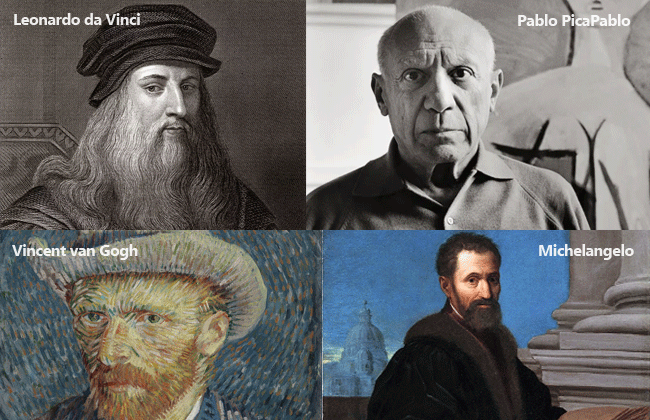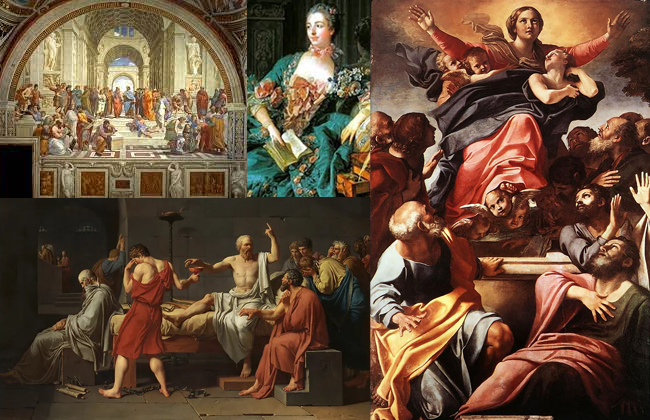Painting is a form of art that involves the application of pigments to a surface to create an image or visual representation. There are numerous painting techniques that artists can use to achieve various effects, textures, and styles. In this article, we will explore some of the most common painting techniques.
- Acrylic Painting Technique : Acrylic paint is a fast-drying, water-soluble medium that can be used on a variety of surfaces, such as canvas, paper, wood, and fabric. This technique involves layering paint on top of one another to create a three-dimensional effect. Artists can also use acrylic paint to create transparent glazes, opaque layers, and impasto effects.
- Oil Painting Technique : Oil paint is a slow-drying medium that is made from pigments and a binder, usually linseed oil. This technique involves building up layers of paint over time, allowing each layer to dry before applying the next one. Oil paint can be blended and manipulated on the canvas, allowing for smooth transitions between colors and textures. It can also be used to create a range of effects, from transparent glazes to thick impasto.
- Watercolor Painting Technique : Watercolor is a transparent, water-soluble medium that is made from pigment and gum arabic. This technique involves layering washes of color on top of one another, allowing each layer to dry before applying the next one. Watercolor can be used to create soft, flowing effects, or more precise and detailed images. It is particularly well-suited for landscapes and nature scenes.
- Gouache Painting Technique : Gouache is a water-based, opaque medium that is made from pigment and a binder, usually gum arabic. This technique involves applying thick, opaque layers of paint onto the surface, allowing each layer to dry before adding the next one. Gouache can be used to create bright, vivid colors and strong contrasts. It is often used in illustration and design work.
- Encaustic Painting Technique : Encaustic painting is a technique that involves using heated wax as a medium. The wax is melted and applied to the surface using a brush or other tool. The wax can then be manipulated using a variety of techniques, such as carving, scraping, and incising. Encaustic painting can create a range of textures and effects, from smooth and glossy to rough and textured.
- Fresco Painting Technique : Fresco painting is a technique that involves applying pigment to a wet plaster surface. The pigment is absorbed into the wet plaster, creating a durable and long-lasting image. Fresco painting can create rich, vibrant colors and strong contrasts. It is often used in murals and other large-scale works of art.
- Pastel Painting Technique : Pastel painting involves using sticks of colored pigment to create an image on paper or other surfaces. Pastels can be blended and layered to create a range of effects, from soft and gentle to bold and vibrant. Pastel painting can create a range of textures, from smooth and delicate to rough and grainy.
- Spray Painting Technique : Spray painting involves using a spray gun or aerosol can to apply paint to a surface. This technique can create a range of effects, from smooth and even to rough and textured. Spray painting is often used in street art and other forms of urban art.
- Impasto Painting Technique : Impasto painting involves applying thick layers of paint onto the surface, creating a three-dimensional effect. Impasto can be used to create a range of textures, from smooth and glossy to rough and textured. Impasto is often used in oil painting to create bold, expressive brushstrokes.
![]()





